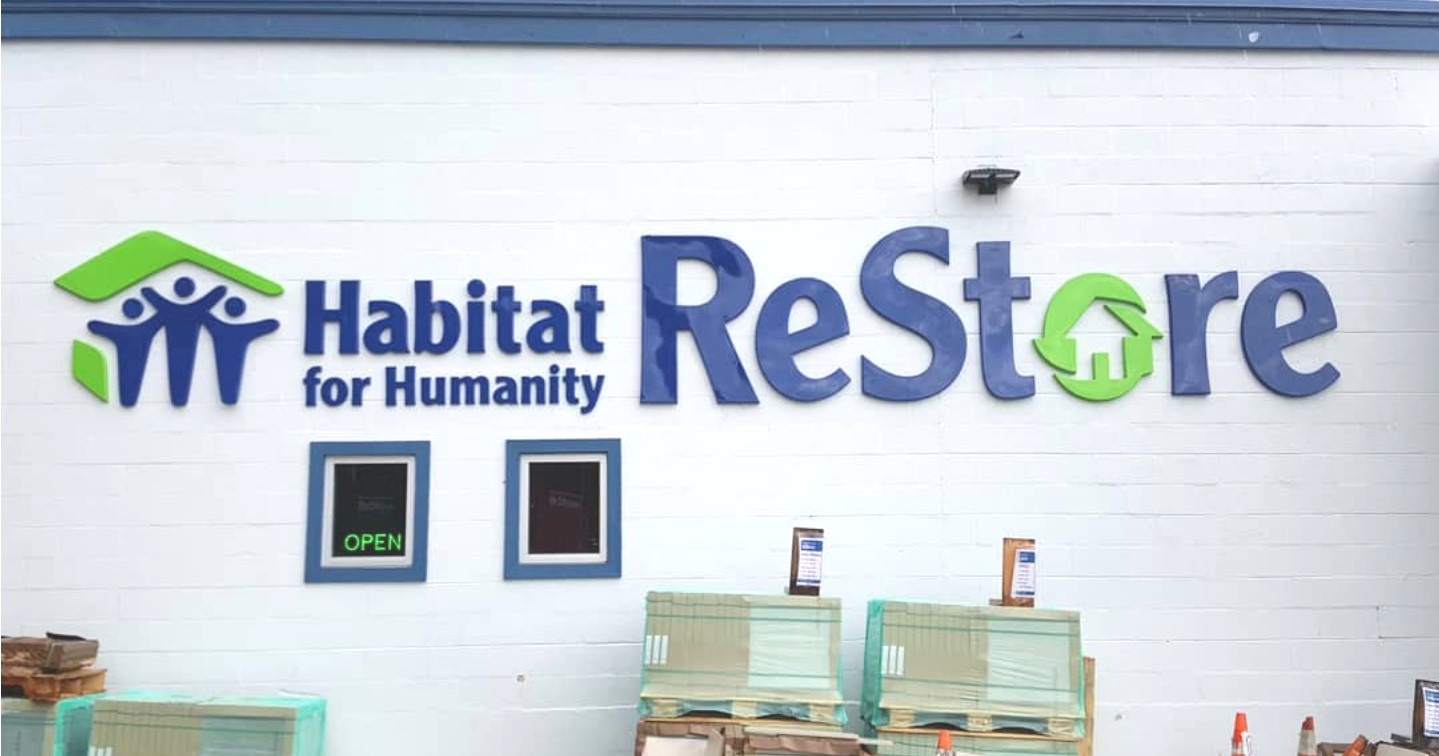10 PIECES OF FURNITURE I DO NOT BUY!
/#ThriftyThursdaysWithFallon
I could go into a lot of detail about thrifting for furniture, and I definitely will as time goes on, but to start I want to focus on what NOT to buy when you’re thrifting for a piece of furniture (dressers, tables, nightstands, chest-of-drawers, hutches, etc.). I get asked the question a lot, “Fallon, how do I know if a piece of furniture is worth purchasing?” First off, are you wanting to buy the piece for yourself to keep or are you buying it to resell? If you are buying it for yourself, purchase what you like and need. If you are purchasing it to paint and resell, then read my tips below. Keep in mind, this is based off my experience and this is my opinion. I am just here to guide you and hopefully help you throughout the process!
If it smells, I do not buy it. I’m totally the weirdo that bends over and smells each drawer before I go any further. This has not always been the case, especially when I was starting out and I didn’t have a lot of money, but now I am a little more of a stickler. If a piece smells like moth-balls, cigarette smoke or cat pee, I say “no!” It is A LOT of work to get these smells out. Sure, there are methods out there to help with this, but let’s be honest, is the piece truly worth the time, money and effort? It’s your call! Keep in mind, if you bring it home and set it in your work area with the rest of your pieces, they will most likely end up smelling too! So, if you are planning on keeping the piece for yourself, that is one thing, but if you are planning on buying it to fix up and resell, I would think twice before making the purchase.
Do not buy particleboard if you are trying to re-sell the piece. If you don’t want it, no one else does either. If you can visibly see the “particles” of wood on the sides of the board or large risen water marks where someone has put a cup of water, it’s not the best choice. Same goes for chipboard , if you can see where the backside of the piece has been “folded” like it sat in a box and someone took it out and put it together, it’s obviously fake and not real wood.
I never spend more than $50 dollars on a piece from a thirft/second hand store, unless it’s the most gorgeous piece of furniture I’ve ever seen. Then, maybe, I will spend $75 - $100. This does not apply to consignment shops or yard sales; this is geared more towards The Goodwill, Salvation Army and/or Habitat for Humanity Restore. Also, keep in mind, this is for re-sale purposes, not personal use. If I am in need of a piece for myself and I do not plan on selling it, I spend a little more money because I don’t have to “try” and make money off of it. Of course, I still want to get the best deal possible, but a lot of times it’s still cheaper to buy a nice piece of thrifted antique-furniture, just as an example, and paint it to fit my needs, compared to buying a piece from a big box store.
Do not buy a piece just because it’s wood. If it’s ugly and you don’t have time to fix it up, forget about it. HOWEVER, if it is inexpensive, you have a vision for it and the time to work on it, then I say, “go for it!” Try really hard not to become a hoarder. Space is money, friends.
Mold. This may be hard to recognize because you may assume mold is black, but the more you start painting furniture, the more your realize how common this is. The white splotches on the side of furniture can sometimes be mistaken for watermarks, but be careful, it may be mold. If it is just sitting on top of the furniture, it’s not a bad thing, unless you’re allergic to it. So just use caution and be aware of what your are purchasing and make sure it hasn’t seeped into the wood.
If it is broken beyond repair or has visible water damage, I do not buy it. Now, if you have ever seen some of the pieces I have restored or flipped, you’re probably thinking, she is lying! Haha! Most of these pieces are free, so I do not have any cost upfront. Anyway, my advice to you is to only purchase pieces that you get excited about and that do not give you anxiety when you look at them. Go with your gut. If you have time to fix the piece, go for it. If you have no idea what you’re doing then don’t get a piece that is overwhelming at first. Work your way up to major restorations.
Large Oil Spills. Oil spills are hard to remove! Even if you sand-and-sand until the oil is visibly gone. There is a good chance the oil has absorbed deep down in the wood and when you apply your top coat, the tannin’s from the oil will “come out of the wood-work,” ha, but seriously, they will. You can try different forms of bleaching, but it’s not something I mess with unless the oil spill is smaller than the palm of my hand and I am planning on painting my piece black.
Lead paint. I do not mess with this stuff. Again, there was a time when I was first starting out that I handled furniture with lead paint, probably because I was naive, but as I have become more of a professional I have quickly realized my health is more important than a few extra bucks. If a piece even remotely looks like it has lead paint on it I don’t buy it. If you want to give it a shot though, just make sure you are well covered, have a nice respirator and follow your state guidelines when it comes to lead paint. You can also purchase a lead-testing kit from Lowe’s or The Home Depot and test your furniture before you start working with it.
Pieces that are already covered with layers of paint. This may not bother you, but again, this is just my opinion and advice. Do you have time to strip the layers of paint off? Once you put in the time and effort to prep and make this piece nice again, will you make money off of it? Can you find another piece in the mean time and redo it and sell it faster than you can this piece? These are all things you want to consider before making the purchase.
Is the piece in style? This is a big one! For example, old boxed TV cabinets are fading out because TV’s are now flat. Sure, you can purchase one of these and make it into a little play kitchen, a craft area, a bar, a pet bed, etc. and don’t get me wrong, I LOVE this idea, but how quickly do you think it will sell if you put it in your booth or try and sell it online? How much money do you need to invest to buy the supplies that need to be added to the piece? Will the time and effort involved be worth your time? Another example is a 1970’s dresser that has more molding than your entire house. This is something that I pass by often because it doesn’t sell in my area, but rock ON if you love this style and it sells in your area!
These 10 points not only apply to furniture within thrift stores, but also furniture that is for sale elsewhere. I use the term “thrifting” loosely because let’s be honest, if I (you) want to make any money off of a piece of furniture, you always have to be in the thrifting mode! You want to try and get the best deal possible, whether that’s at a thrift store, yard sale, flea market or somewhere else. Just be smart when you’re purchasing.
Please know, I want the best for you! I have purchased plenty of the items I mentioned above throughout the years and I quickly realized it wasn’t worth the time and effort because I was losing money in the end. I have written these tips as a guide, so you don’t make the same mistake I did. While I understand that mistakes are part of the learning process, I hate to see you losing time and money, when you can simply take this advice, find something else and triple your profits.
Thank you so much for reading this blog post today for #ThriftyThursdaysWithFallon. I truly appreciate you stopping by and I hope this information helps! If you do find something, let me know! I want to see your treasures and celebrate with you! Happy furniture shopping!! See you tomorrow for #FridaysWithFallon!





